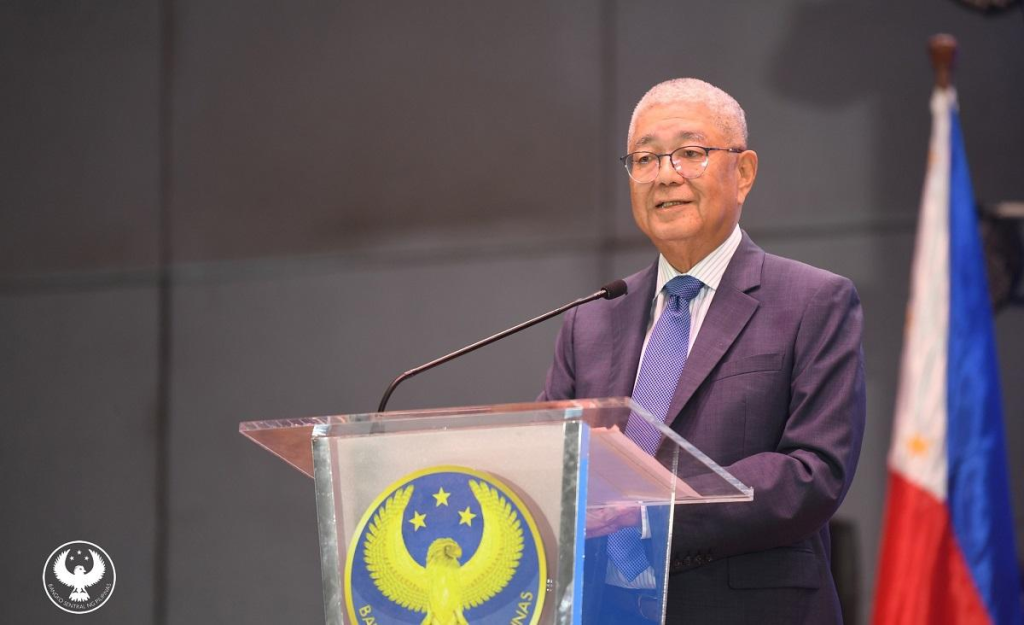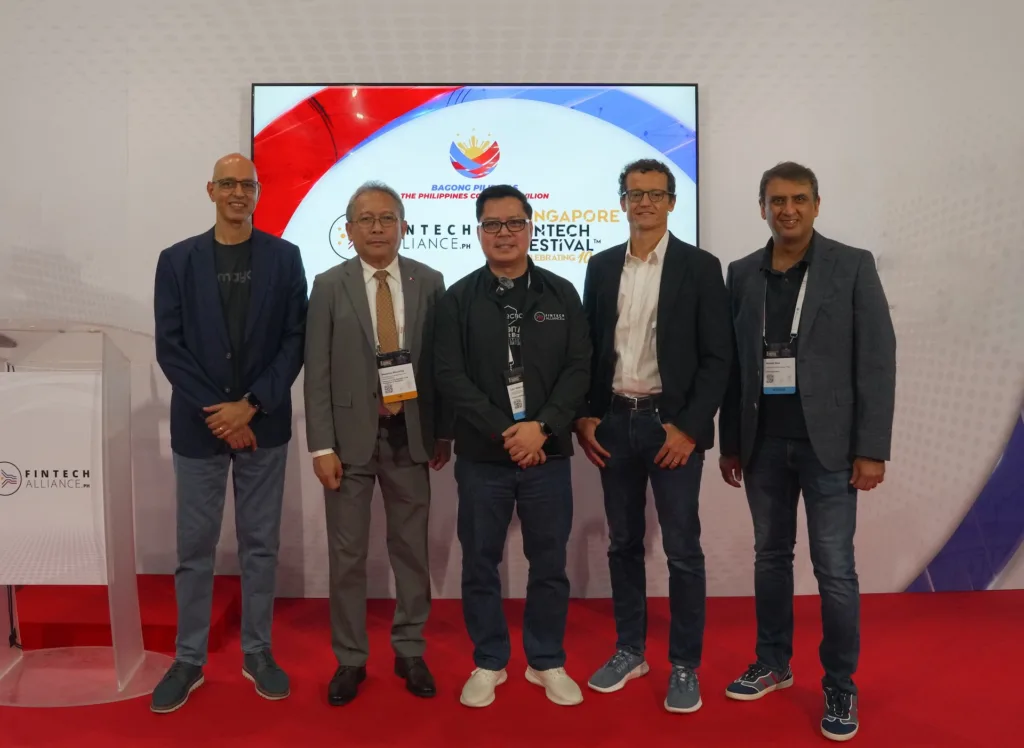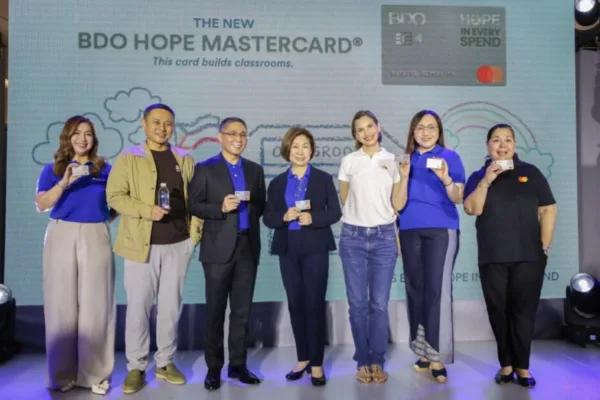Filipino users of digital banks are showing stronger financial habits, greater confidence in money management, and a growing focus on long-term financial planning, according to new data released by the Digital Bank Association of the Philippines (DiBA PH).
Findings from the 2nd Financial Health Survey — covering customers of all six BSP-licensed digital banks — suggest that digital banking apps are not only expanding financial access but also changing how Filipinos save, budget, and prepare for financial shocks.
Financial health index rises sharply
The report shows the National Financial Health Index (FHI) among digital bank customers rose from 56 in 2024 to 62 in 2025, moving the average Filipino respondent firmly into the “Good” category.
The shift is significant:
- The share of respondents in “Bad/Very Low” financial health dropped from 33% to 17%.
- Those in the “Good–Great” range jumped from 26% to 63%.
- 73% now have some form of emergency savings, though most can cover only up to one month of expenses.

Angelo Madrid, DiBA PH President and Maya Bank President
“Financial inclusion is starting to translate into real financial health,” said Angelo Madrid, DiBA PH President and Maya Bank President. “The next step is making this progress sustainable — through better product design, regulation, and a shared industry commitment.”
Behavioral design becomes a fintech advantage
A key theme emerging from the survey is the role behavioral nudges play in helping Filipinos build better habits.
“Behavior matters,” said Nate Clarke, DiBA PH Vice President and GoTyme Bank CEO. “Digital banks have a unique opportunity to reinforce healthier routines through small prompts, automated savings, and personalized tools.”
Across the surveyed digital banks, specific features appear to be helping:
- GoTyme Bank: automated roundups and goal-based savings
- Maya Bank: missions, tiered interest, and AI-powered “Action Cards” that have helped regular savers double their balances
- Tonik: payroll-linked lending and insured savings for new-to-credit users
- UNO Digital and UnionDigital Bank: budgeting nudges and personalized money tips
These features — simple, digital, and frictionless — are shaping user behavior in ways traditional banking rarely could.
BSP shifts focus: From inclusion to financial health

BSP Governor Eli Remolona Jr.
Bangko Sentral ng Pilipinas Governor Eli Remolona Jr. underscored the importance of designing products that actually improve people’s well-being.
“It was not enough to just do financial inclusion,” Remolona said. “What matters is financial health. With behavioral economics strategies, we believe we will succeed.”
The survey framework combines Brazil’s I-SFB model and Australia’s Everyday–Rainy Day–One Day model, giving a layered view of how Filipinos manage daily expenses, emergency funds, and long-term goals.
Digital banks are scaling faster than the industry

Though Philippine digital banks became operational only in 2022, their momentum is dramatic:
- 20 million customers as of June 2025 — up 120% year-on-year
- 34% increase in deposits (industry average: 6%)
- ₱175 billion in cumulative loans disbursed
- ₱45 billion in active loans
According to DIBA, this rapid growth highlights how digital banks are evolving from access points into behavioral drivers — directly influencing how Filipinos save, borrow, and engage with formal finance.
A joint push toward the 2028 digital finance roadmap

Philippine digital bank and fintech leaders come together at the Singapore Fintech Festival 2025 to drive the Philippine financial health agenda. From left: Maya Group President and Maya Bank Co-Founder Shailesh Baidwan, Philippine Ambassador to Singapore Medardo Macaraig, Founding Chairman of FintechAlliance.ph and Executive Vice President and Chief Innovation and Inclusion Officer of RCBC Lito Villanueva, DiBA PH Vice President and GoTyme Bank President and CEO Nate Clarke, and UNO Digital Bank President and CEO Manish Bhai.
The findings will also guide DiBA PH and FintechAlliance.ph in shaping new industry-wide programs announced at this year’s Singapore Fintech Festival.
These findings include:
- expanding national financial health measurements
- strengthening responsible behavioral design standards
- accelerating the 2028 Digital Finance Industry Roadmap
The shared goal: a digital finance ecosystem where innovation supports not just convenience, but lasting financial resilience.








